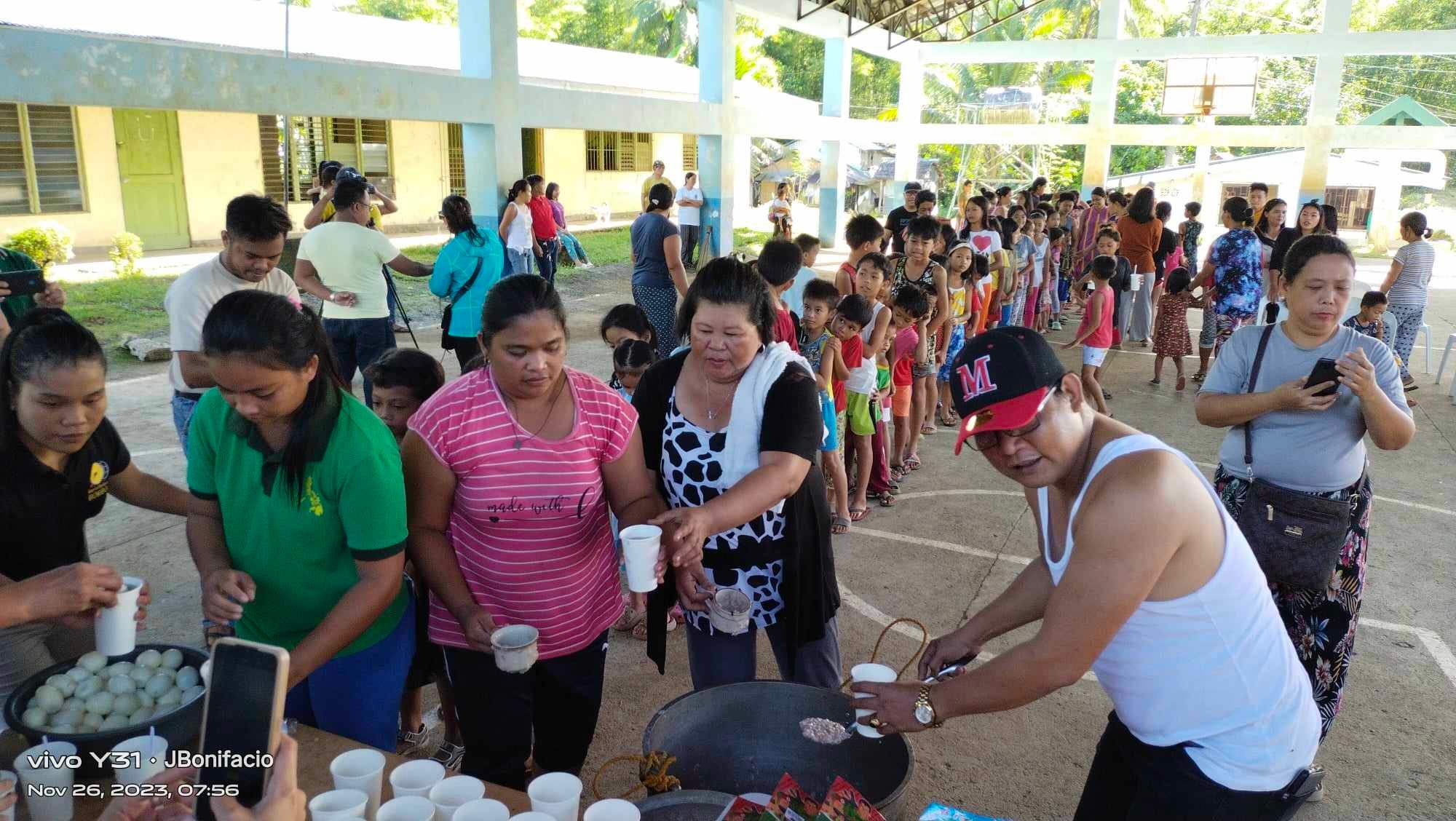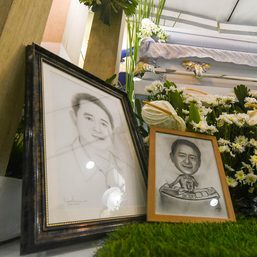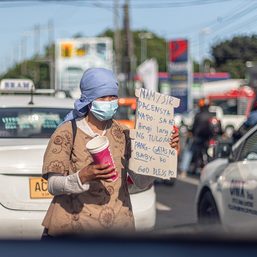SUMMARY
This is AI generated summarization, which may have errors. For context, always refer to the full article.

LEYTE, Philippines – After enduring three years of the COVID-19 pandemic, residents of Barangay Barayong, Palo Leyte, still struggle to recover their economic bearings.
“Danay an amon kinaon duma la ngan saging labi na han yana nga makusog uuran, diri man naka kadto hira tatay ha uma dara nga makuri an agi-an,” Girlie, a 10-year-old girl and grade four student, described their life of poverty. (Sometimes all we eat are root crops and bananas, and during heavy rains, my father cannot go to our farm area because the trail becomes impassable.)
Girlie, the oldest of four siblings, was among the residents who joined Eastern Visayas Media Without Borders’ (EVMWB) outreach activity in the upland village on Sunday, November 26.
After receiving food and toys, Girlie told Rappler that her family welcomes any help that arrives in their community.
Their family sometimes relies on neighbors’ food aid, she said.
“Gusto ko unta mabag o an kalibutan, makabulig ako ngada han mga kablas na mga tawo,” Girlie said. (I hope our world changes so I can also help the poor and give them what they need.)
The 2,500 residents of Barayong, a rural resettlement community, face annual typhoons that bring floods and landslides that often lay waste to farm crops.
The pandemic and the mobility curbs imposed by the government to prevent the spread of the COVID-19 virus also made farmers struggle to find markets for the harvesrs.
The level of poverty in Barayong prompted the EVMWB to adopt the village.
The group of journalists from different areas in Eastern Visayas came on Sunday morning with seedlings of fruit-bearing and hardwood trees, food, and toys for hundreds of children.
Villagers helped with tree planting in areas that local experts identified as least prone to soil erosion, as well as around their homes.
Miriam Desacada, a reporter of DYVL Aksyon Radyo Tacloban and Philippine Star, and the president of EVMWB, said the fruit-bearing trees would bring additional income for farmers, while indigenous hardwood trees would improve local ecology.
While there is no instant solution to extreme poverty, Desacada said, “We want to give a brighter future to the kids by teaching and empowering not only the children but the whole community.”
“Integrating trees on farms is beneficial for the farmers, who are still struggling to cope with the impacts of climate change, like strong typhoons and droughts, that threaten their food security and livelihood,” she added. “We cannot fix poverty in the entire region. However, we can help one village by giving them agricultural work to help their families.” – Rappler.com
Add a comment
How does this make you feel?







![[OPINION] You don’t always need a journalism degree to be a journalist](https://www.rappler.com/tachyon/2024/06/jed-harme-fellowship-essay-june-19-2024.jpg?resize=257%2C257&crop=287px%2C0px%2C720px%2C720px)







There are no comments yet. Add your comment to start the conversation.